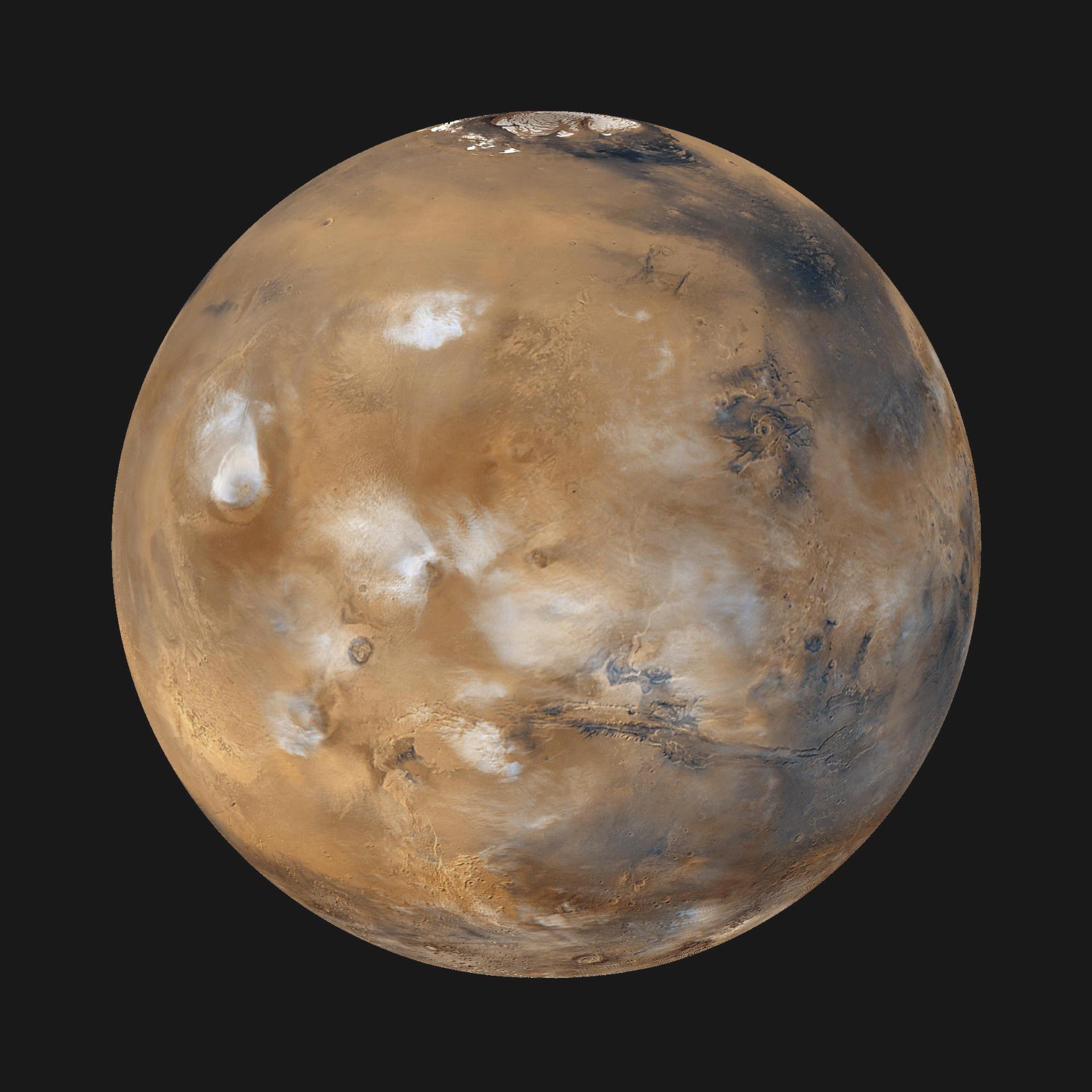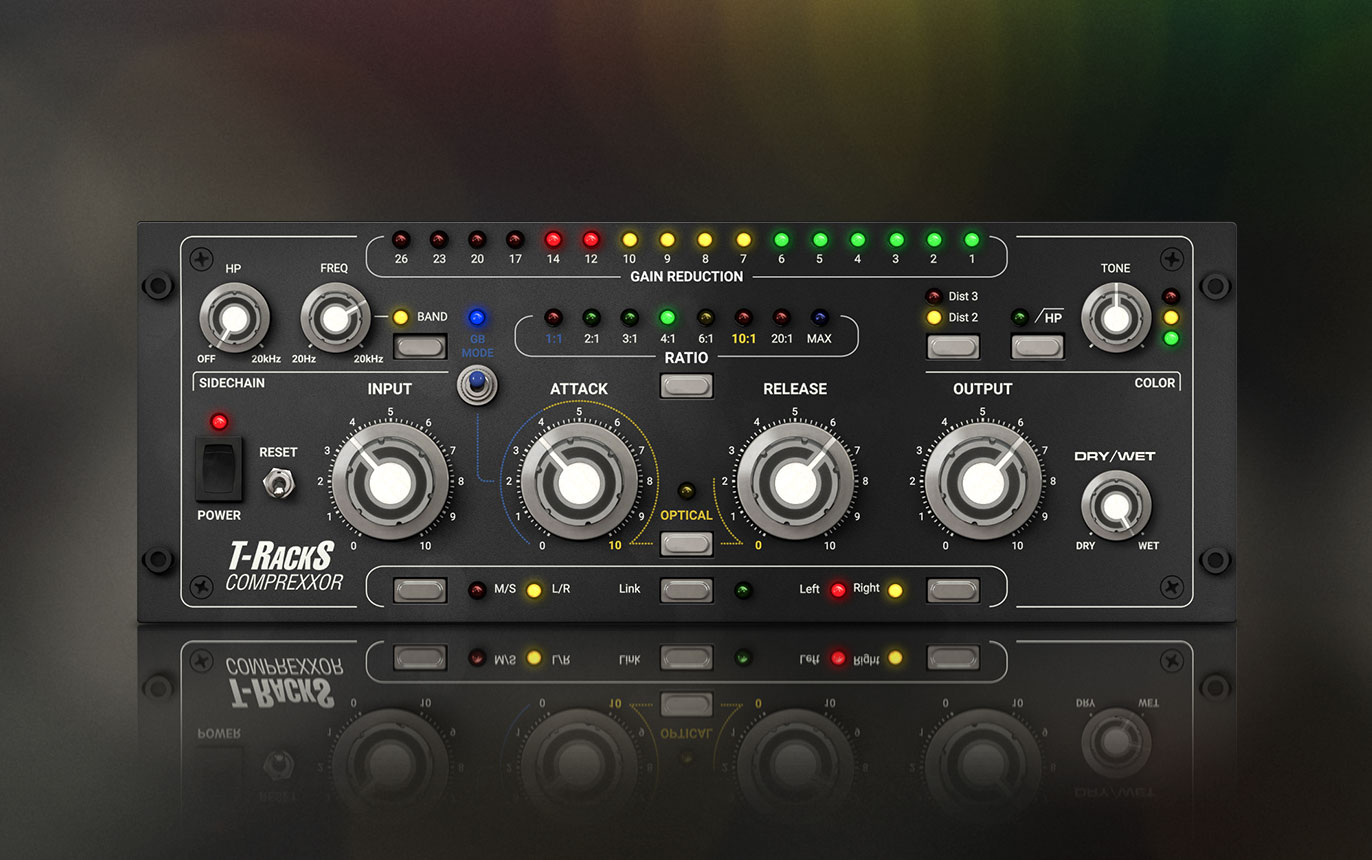Press Releases
Astrobotic Awarded NASA JPL Commercial Service Studies to Enable Future Missions to Mars

| Astrobotic has been selected by NASA’s Mars Exploration Program for two concept studies of commercial services to support lower-cost, higher-frequency missions to Mars. The company will examine how potential commercial services, both payload delivery and surface imaging, could enable future science missions to the Red Planet. The two studies — one for large payload delivery and hosting services, and the other for Mars surface-imaging services — will analyze how Astrobotic can adapt its existing spacecraft systems to support frequent, lower-cost missions to Mars over the next 20 years. Astrobotic is partnering with Arizona State University to complete a large payload delivery and hosting services study that will focus on the adaptation of the company’s Griffin-class lunar lander to deliver payloads to the Red Planet from orbit. The study of Mars surface-imaging services, a collaboration between Astrobotic, Arizona State University, and Malin Space Science Systems, will focus on electro-optical imaging instrument concepts aimed at mapping of the Martian surface. “Astrobotic’s mission has always been to make space accessible to the world, so these studies toward Mars are a natural next step for us,” said John Thornton, Astrobotic’s CEO. “We will investigate modifying our current lunar capabilities for use around Mars and examine how our systems can further support NASA’s Moon to Mars Strategy.” “Arizona State University faculty, staff, and students are excited to leverage our significant scientific, engineering, and operational experience in NASA robotic Mars missions to brainstorm with the Astrobotic and Malin Space Science Systems teams on this new next-gen commercial imaging services study,” said Jim Bell, Professor in ASU’s School of Earth and Space Exploration, Director of ASU’s NewSpace Initiative, and the leader or deputy leader on camera teams for NASA’s Spirit, Opportunity, Curiosity, and Perseverance Mars rovers. “Innovative, lower-cost, but still scientifically robust cameras and other instruments have the potential to substantially advance the pace of exploration and discovery on the Red Planet.” NASA’s Jet Propulsion Laboratory in Southern California manages the Mars Exploration Program on behalf of NASA’s Science Mission Directorate in Washington. The 12-week studies are planned to conclude in August, and a study summary will be released later in the year. |
| About Astrobotic Astrobotic is at the forefront of advancing space exploration and technology development. Our expertise spans from lunar rovers, landers, and infrastructure to spacecraft navigation, machine vision, and computing systems for in-space robotic applications. To date, the company has been contracted for two lunar missions, and has won more than 60 NASA, DoD, and commercial technology contracts worth more than $600 million. We recently launched and operated the first American lunar lander mission since the Apollo Program. Beyond helping lead America back to the Moon, Astrobotic developed and operates reusable vertical takeoff, vertical landing (VTVL) rockets and continues to advance next-generation VTVL capabilities and advanced rocket engines. Established in 2007, Astrobotic is headquartered in Pittsburgh, PA, with a propulsion and test campus in Mojave, CA.www.astrobotic.com |
| About Arizona State University Arizona State University has developed a new model for the American Research University, creating an institution that is committed to access, excellence and impact. ASU measures itself by those it includes, not by those it excludes. As the prototype for a New American University, ASU pursues research that contributes to the public good, and ASU assumes major responsibility for the economic, social and cultural vitality of the communities that surround it. https://www.asu.edu https://sese.asu.edu https://newspace.asu.edu |
| About Malin Space Science SystemsFor over three decades, Malin Space Science Systems (MS3) has designed, built, and operated space imaging systems for both government and commercial aerospace customers. Currently, there are more than thirty MSSS cameras operating in space, from low Earth orbit to Jupiter. To date, MS3 cameras have logged more than 150 years of operation in deep space. Among those cameras are four high resolution imaging systems, one imaged Mars at a scale of 1.5 m (MOC on MGS), one mapped all of Mars at scale of 6 m (CTX on MRO), one mapped most of the Moon at a scale from 0.5 m to 2.0 m (NAC on LRO), and one has mapped most of the permanently shadowed regions around the lunar poles at a scale of 1.7 m (ShadowCam on KPLO). MS3 is currently developing cameras for the NASA APL Dragonfly Mission to Titan and the NASA GSFC DAVINCI Mission to Venus. Founded in 1990, MS3 is headquartered in San Diego, CA with a staff of 93. |




